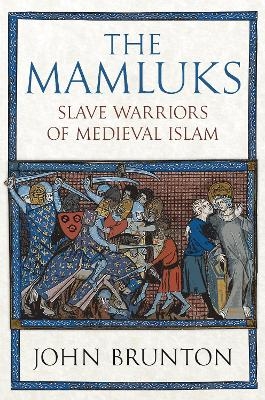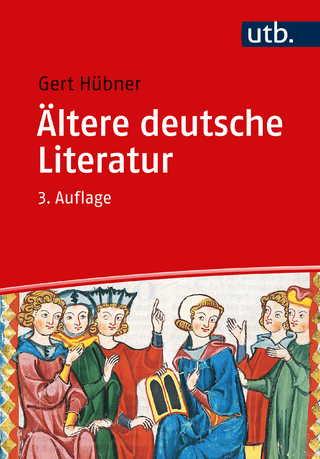
The Mamluks
Slave Warriors of Medieval Islam
Seiten
2023
Amberley Publishing (Verlag)
978-1-3981-0734-2 (ISBN)
Amberley Publishing (Verlag)
978-1-3981-0734-2 (ISBN)
The colourful story of the Mamluk dynasty – marked with treachery, carnage and destructive behaviour – is a significant chapter in the history of the Near East.
From humble beginnings as slaves in Egypt, the Mamluks trained as soldiers and rose in status to seize control of the largest empire in Islam. They ruled over Egypt and Syria for over two centuries. They saved the region from devastation by the Mongols and expelled the last of the Crusaders from the Holy Land. The Mamluks presided over the last flowering of the culture of medieval Islam, when scientific and artistic achievements were at least preserved, if not greatly advanced.
The first Mamluks were Turks, chosen for their reputed pugnacious nature. A Turk and his horse always made a formidable combination, according to writings from the early period of the Arab conquests. As author John Brunton explains, ‘The tibaq system made soldiers of slaves. As a hybrid of the harsh nomadic tribesman and the well-trained knight, a Mamluk faris (cadet trooper) could certainly produce results.’
Conquest by the Ottomans of 1517 may have ended the Mamluke Sultanate, but the Mamluks themselves continued as a powerful military class until modern times. They fought Napoleon when he invaded Egypt in 1798. Their alleged end in 1811 was as bloody as the rest of their history, but there is even evidence of the Mamluks continuing longer, possibly until the later nineteenth century.
From humble beginnings as slaves in Egypt, the Mamluks trained as soldiers and rose in status to seize control of the largest empire in Islam. They ruled over Egypt and Syria for over two centuries. They saved the region from devastation by the Mongols and expelled the last of the Crusaders from the Holy Land. The Mamluks presided over the last flowering of the culture of medieval Islam, when scientific and artistic achievements were at least preserved, if not greatly advanced.
The first Mamluks were Turks, chosen for their reputed pugnacious nature. A Turk and his horse always made a formidable combination, according to writings from the early period of the Arab conquests. As author John Brunton explains, ‘The tibaq system made soldiers of slaves. As a hybrid of the harsh nomadic tribesman and the well-trained knight, a Mamluk faris (cadet trooper) could certainly produce results.’
Conquest by the Ottomans of 1517 may have ended the Mamluke Sultanate, but the Mamluks themselves continued as a powerful military class until modern times. They fought Napoleon when he invaded Egypt in 1798. Their alleged end in 1811 was as bloody as the rest of their history, but there is even evidence of the Mamluks continuing longer, possibly until the later nineteenth century.
John Brunton was born in Sunderland and has lived his adult life in London. He has qualifications from four different universities and has research interests in medieval Britain and Europe and the Near East. He owns a business that undertakes historical research for clients all over the world. He also continues to teach History and other subjects in London. He is a historian and researcher specialising in medieval history and the author of a range of textbooks for schools.
| Erscheinungsdatum | 04.10.2023 |
|---|---|
| Zusatzinfo | 16 Plates, color |
| Verlagsort | Chalford |
| Sprache | englisch |
| Maße | 156 x 234 mm |
| Gewicht | 622 g |
| Themenwelt | Geschichte ► Allgemeine Geschichte ► Mittelalter |
| Geschichte ► Teilgebiete der Geschichte ► Militärgeschichte | |
| ISBN-10 | 1-3981-0734-4 / 1398107344 |
| ISBN-13 | 978-1-3981-0734-2 / 9781398107342 |
| Zustand | Neuware |
| Haben Sie eine Frage zum Produkt? |
Mehr entdecken
aus dem Bereich
aus dem Bereich
eine neue Geschichte des Mittelalters
Buch | Hardcover (2023)
C.H.Beck (Verlag)
38,00 €


